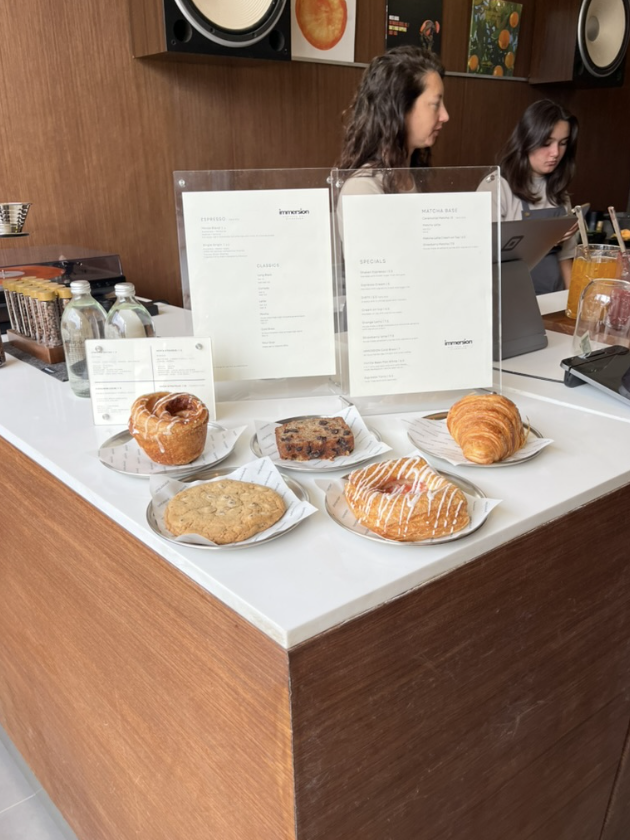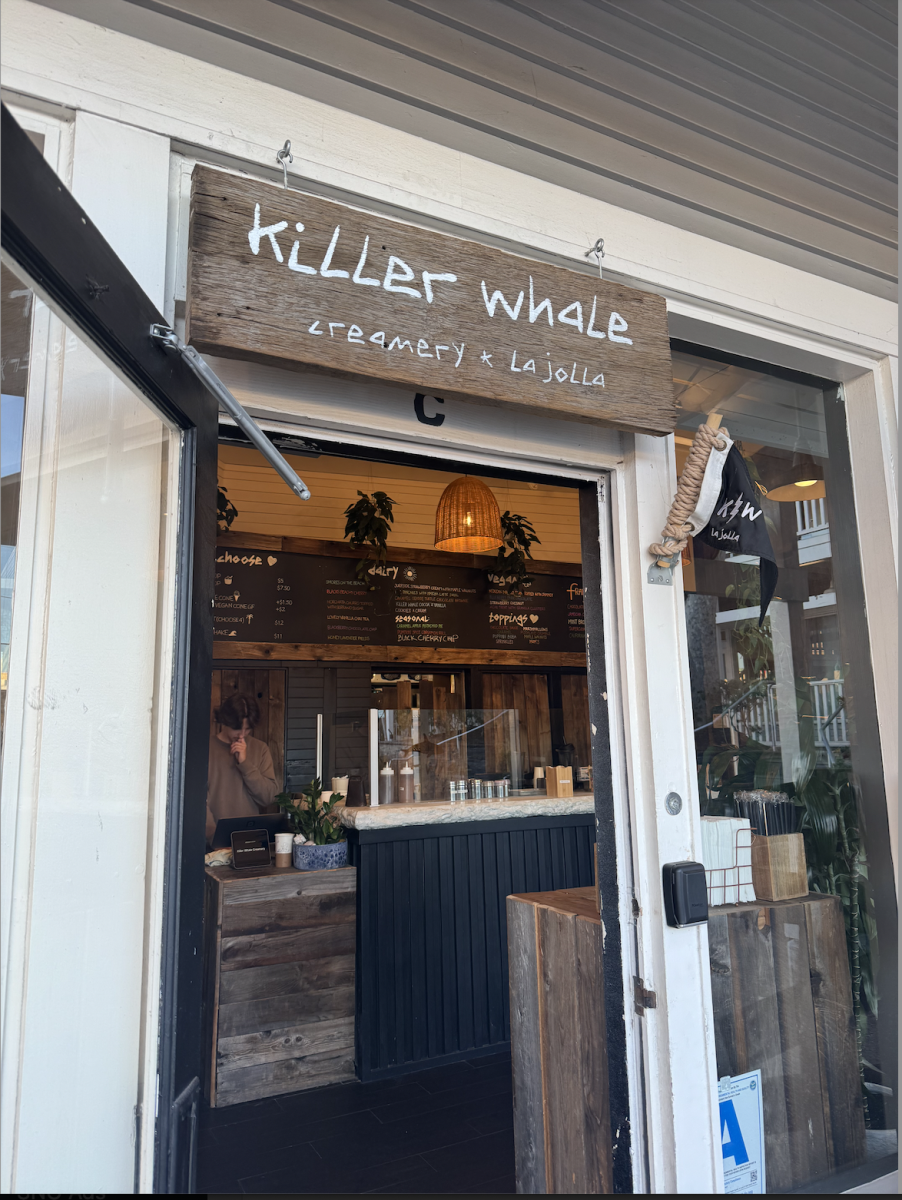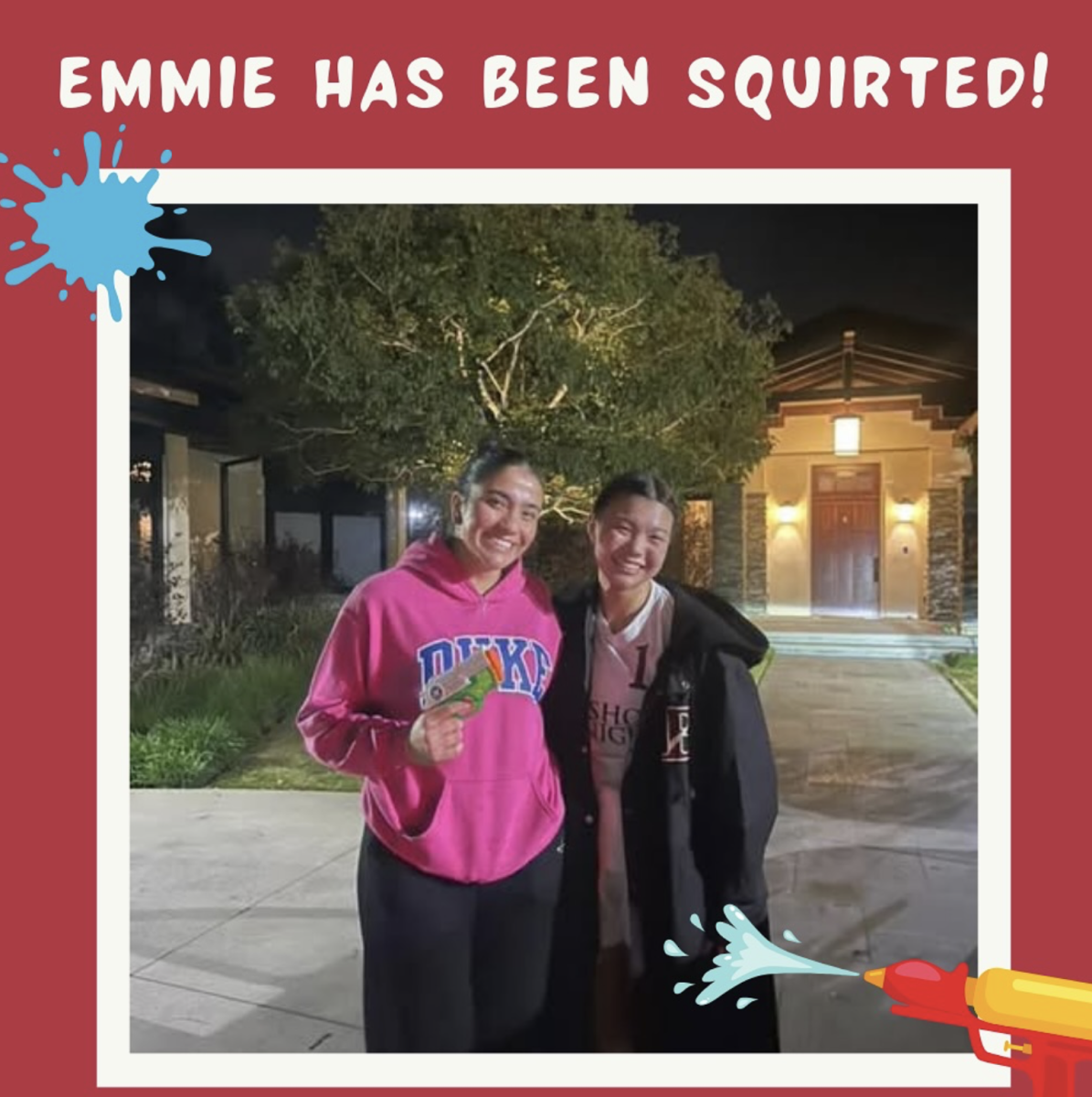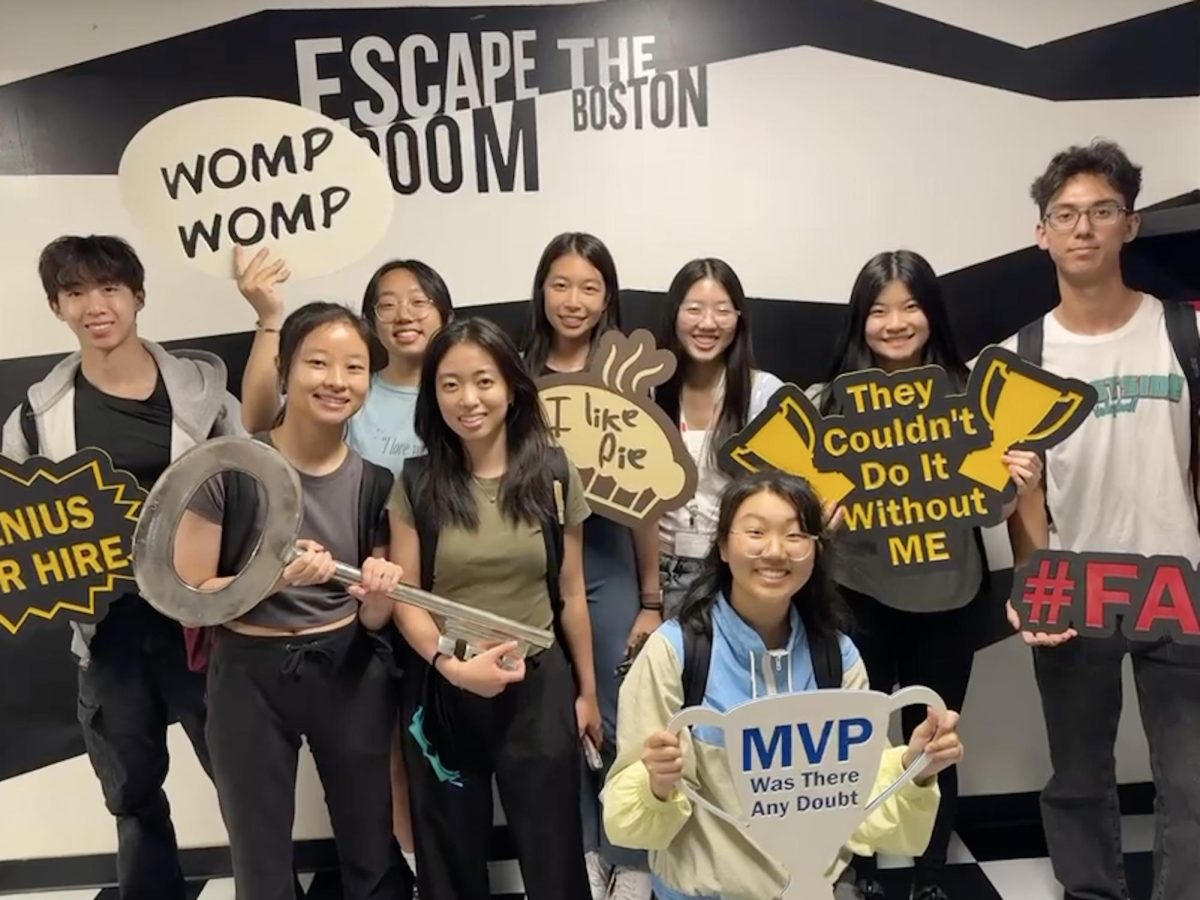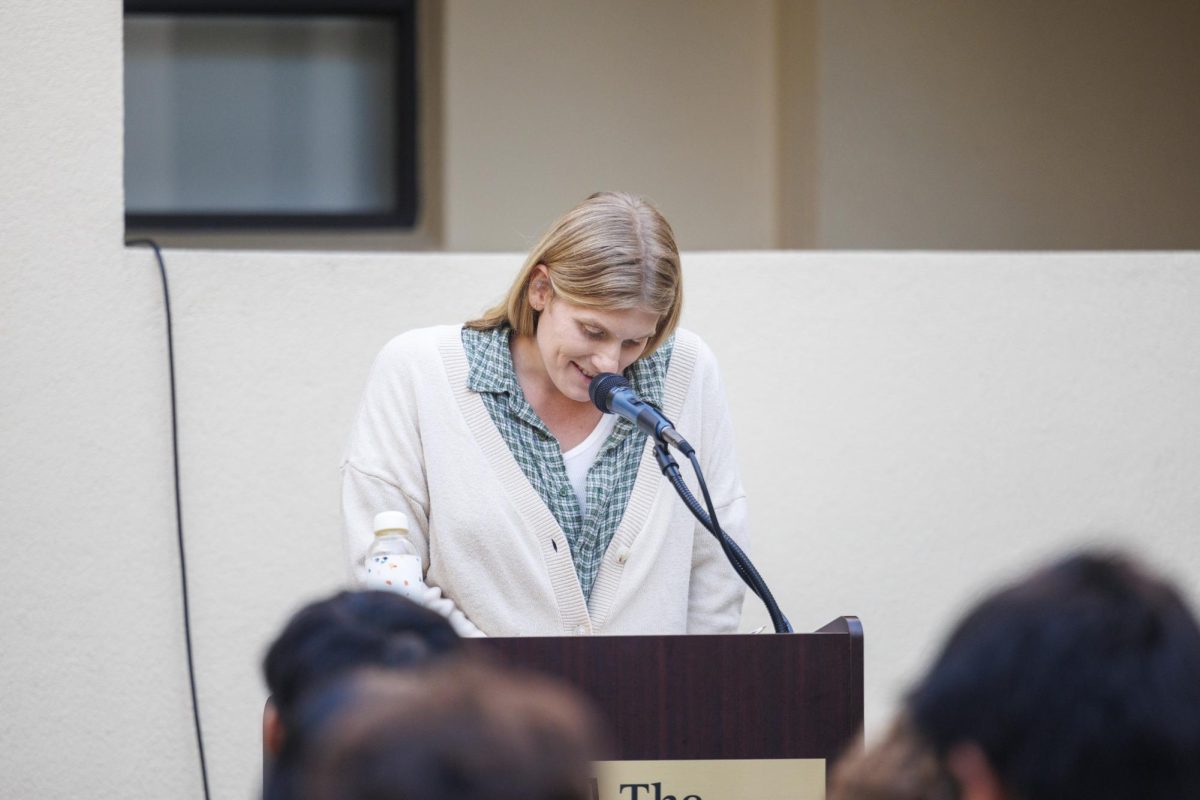The rise in graffiti hearts, simple outlined hearts painted in several sizes and in multiple colors, in La Jolla has captured the hearts of many Bishop’s students. “They’re cute,” said Ayanna Hickey (‘26). Veronica Yu (‘27) agreed, adding, “I’m looking for them when I’m running around. And each time I see one, I get a little bit happier because the colors made me smile.”
Director of Visual Arts Ms. Elizabeth Wepsic identified that these hearts were painted with tagging markers, thick-tipped acrylic paint markers. They appear in different colors and in different sizes, primarily on sidewalks, but can also be found on roads, crosswalks, street signs, and electrical boxes across La Jolla Village and into the Windansea and La Jolla Shores neighborhoods.
Graffiti is defined as “usually unauthorized writing or drawing on a public surface” by Merriam Webster. In most cases, it is illegal and graffiti may remain associated with the threat of violence between gangs rather than the more uplifting artistic protest taggers use it for.
Authorized by the City of San Diego to enhance the already-provided maintenance services in La Jolla, the group Enhance La Jolla has tasked itself with the prompt removal of the graffiti. Maintenance Assessment District Manager of Enhance La Jolla Brian Earley told the La Jolla Light, “anything that is put up in the public right of way” is reported to the group. “We treat all graffiti the same, regardless of what it is,” Earley said. Though it should be noted that La Jolla sidewalks, street signs, and electrical boxes are owned by the city, community members have shared their regret of the news of the removal — despite the fact that defacement of public property with these hearts is vandalism.
“I don’t think they should be removed. They’re nice,” Ayanna said. In regards to Enhance La Jolla’s news response in the La Jolla Light, Ayanna remarked, “Yeah, that’s brutal.” Veronica agreed, adding that after conversations with friends, she found that she wasn’t the only one for whom the hearts brought joy. “Some people may also be more happy when they see them. I don’t think they should be removed,” she said.
Ms. Wepsic was conflicted about the hearts and their message. She said, “What’s ironic is that it’s a heart. It’s giving a mixed message: it’s not respecting property, but it’s putting something that’s positive out there. I don’t quite understand what it really symbolizes.”
As a member of the Anti-Graffiti Crew in her neighborhood and as someone who has experienced the destructive effects of tagging (like vandalizing fences and defacing a school’s property), Ms. Wepsic shared, “In truth, you really don’t have the right to touch anybody else’s stuff. Imagine if it was your sidewalk right in front of your house.”
Ms. Wepsic suggested a removal solution that would likely please all parties concerned: the people upon which this graffiti has infringed should determine whether it should be removed.
But Ms. Wepsic said that giving agency to affected property owners “might be upsetting to [Enhance La Jolla] because what if somebody supports [the graffiti] and wants to keep it? I could see that happening near a coffee shop. They might say, ‘Yeah, no, no, no, we want to keep it.’”
The graffiti, especially with its positive message, can become well-loved by community members and positively add to the aesthetics of a place, further cementing the benefit of community input on the removal matter.
“Some children may be looking for them while they’re walking up and down the streets of La Jolla,” imagined Veronica. The hearts have the potential to add a new energy to the community and spread joy. A hasty removal of La Jolla’s street art would undermine the community’s right to enjoy simple pleasures, like smiling because of a sidewalk graffiti heart.
But perhaps the dark history and negative symbolism of graffiti’s use by gangs as a form of threatening violence and marking territory inhibits its potential to spread a positive message. Ms. Wepsic shared, “Tagging, to me, is something that’s really old school that existed between gangs. It has its history and now we’re making it into something cute. [Tagging is] not a cute thing at all.”
The reason why La Jolla is the site of this graffiti is a mystery. The artist’s choice of location could be part of their commentary.
Banksy, a famous street artist, wrote in the preface of Trespass: A History of Uncommissioned Urban Art by Marc and Sarah Schiller, “To some people breaking into property and painting it might seem a little inconsiderate, but in reality the 30 square centimeters of your brain are trespassed upon every day by teams of marketing experts.” Graffiti as a justified and proportionate reaction to the perceived intrusion of marketing messages and societal pressures, Banksy argued.
What the commentary is, however, is unclear because of the simplicity of the hearts’ design and the customary use of the symbol. Ms. Wepsic said, “I wonder if the interest was to have people think about love or to say something beautiful about art. I don’t know.”
Already, the graffiti hearts are cherished by many. Enhance La Jolla should connect with community members to gauge the nature of their response to the tagging as removing it could create uproar among its supporters.




